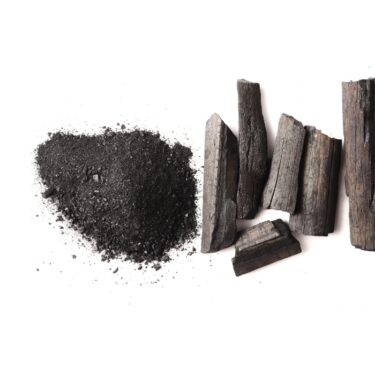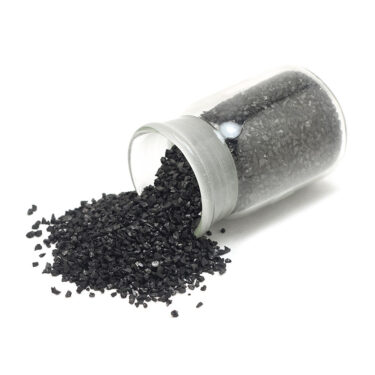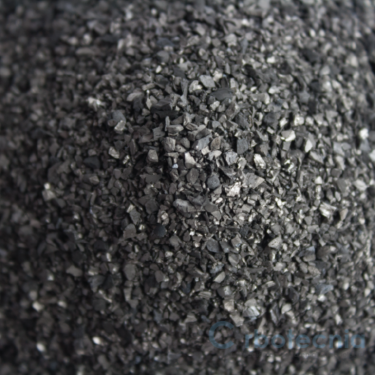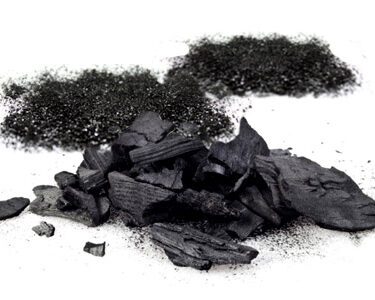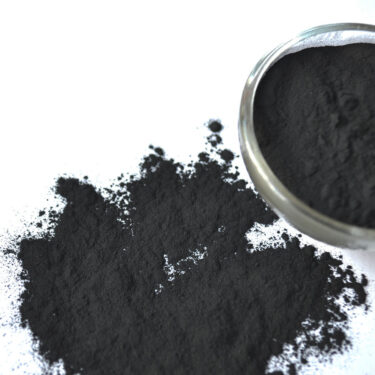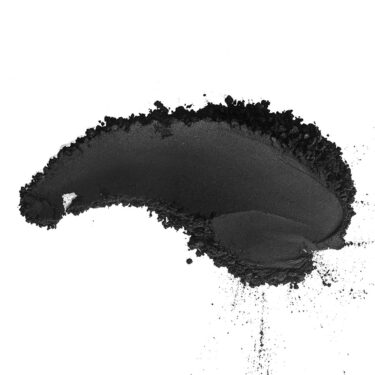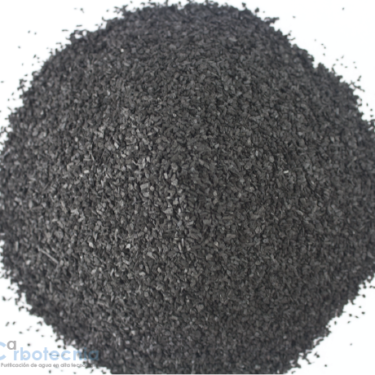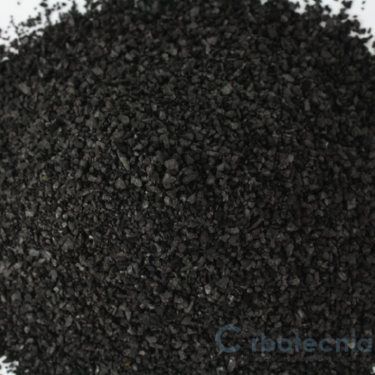Bacteria in activated carbon.
Studies carried out in beds packed with activated carbon in adsorption equipment of water treatment plants and in pilot columns have shown a rapid growth of the bacteria population. This rapid development is the result of several factors: On one side, the carbon destroys the free chlorine by chemical reaction in which it is converted into chloride ion which is harmless. This reaction is very fast, so the free chlorine disappears in the first few centimeters of the bed. This means that in the rest of the bed, and in the discharge pipe, the water is unprotected from the free chlorine which is the bactericidal agent.
On the other hand, carbon traps organic matter along the entire carbon bed. This means that the carbon is concentrating matter that is food for the microorganisms.
Furthermore, carbon provides a rough and cracked surface, which is very suitable for bacterial fixation and proliferation. Therefore, bacterial growth is an unavoidable consequence in the operation of activated carbon adsorption equipment. Sooner or later, bacteria will enter the carbon bed, which usually comes from the discharge pipe, between the activated carbon adsorber and the first sterilizing equipment (UV lamp or ozonizer), if any.
It is typical, for example, for bacteria to enter through water sampling inlets.
There are several sanitization procedures for bacterial control in activated carbon beds, which should be carried out periodically. The periodicity will depend on the effectiveness of the sanitization, the conditions of the equipment and the bacteriological conditions of the area where the process is located.
Complete sanitation can be achieved, and each method has its limitations and undesirable effects on both the carbon and the equipment. Therefore, personnel who operate plants using activated carbon require experience and skill.
In the following article you can see the method of sanitization by means of chlorine dioxide..
For coal applied in homes and businesses, sanitation is not practical. A better solution is the application of bacteriostatic carbon. These consist of activated carbons impregnated with metallic silver. Silver prevents microbial growth and avoids the need for sanitization.
Source: Microbial Activity on Filter-Adsorber. AWWA Research Foundation, USA1992.
Comparte:
Necesitas más información, escríbenos.
Algunos productos que te pueden interesar
-
AA-3 Activated carbon to reduce color and flavor in tequila and other distilled spirits
Add to quote -
Micro K Coconut shell activated carbon
Add to quote -
Micro 4 LF Coconut shell activated carbon free of fines
Add to quote -
Megapol C – Wood powder activated carbon
Add to quote -
Megapol E – Wood powdered activated charcoal
Add to quote -
Micropol 4 200 – Coconut shell powdered activated carbon
Add to quote -
Mega – Wood granular activated carbon
Add to quote -
Gama L – Lignite coal mineral activated carbon
Add to quote


